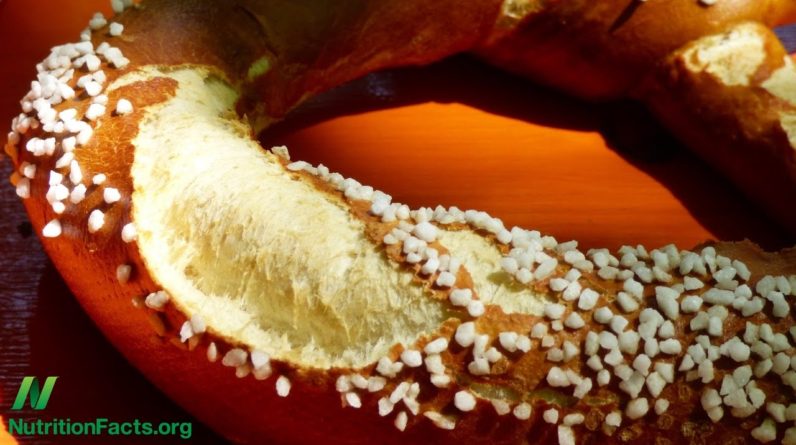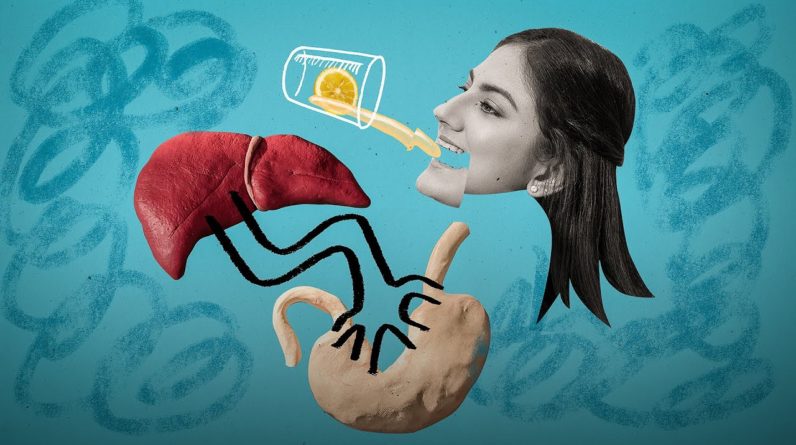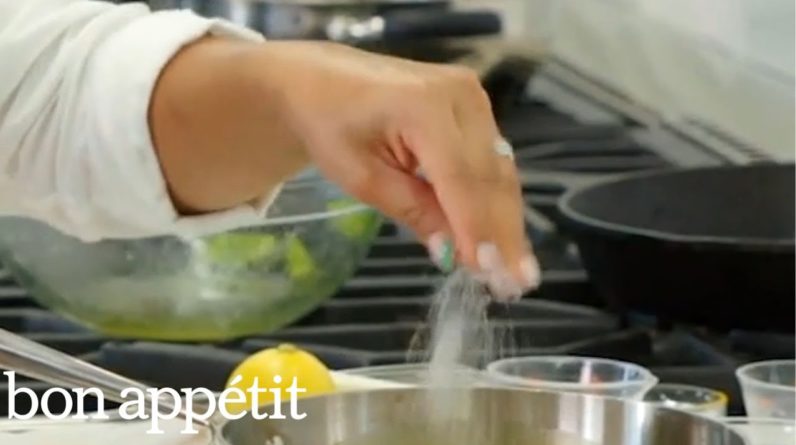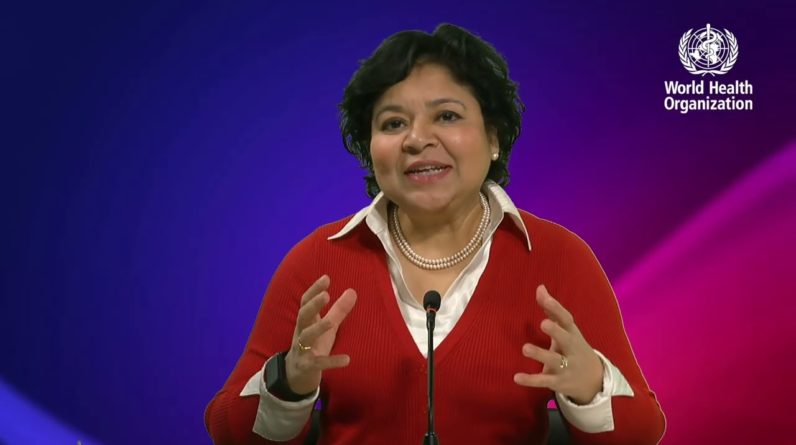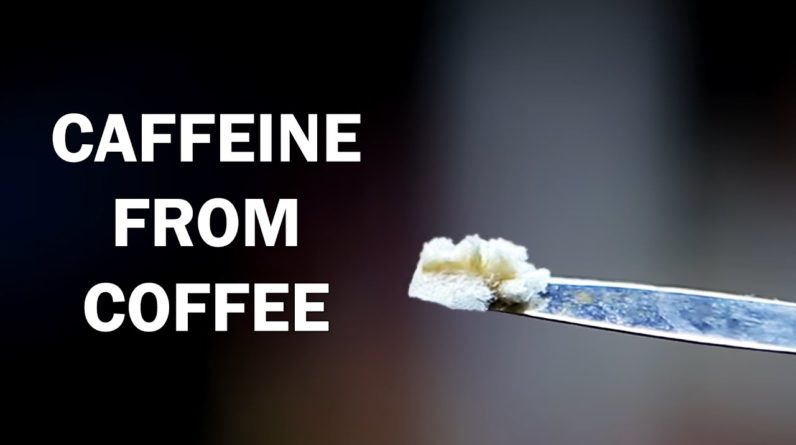
Caffeine Is the world's most popular psychoactive drug and many people depend on it just to survive their day-to-day life. There are a huge variety of food products both natural and artificial that contain caffeine, but the most popular one has to be coffee. Previously I made a video on how to extract caffeine from tea, but there were several requests on how to extract it from coffee. I decided to go ahead and give it a try, but let me give you a warning and say that it's pretty much the exact same procedure as the extraction from tea. Also before we really get started let me crush some of your dreams and tell you that the amount of caffeine that I get out of this is pretty much just as bad as the tea extract. If you're looking to get a decent amount of caffeine, the best and easiest way to get it is to simply just pay for it online.
I decided to go with Folgers Coffee but in theory you can use any brand. I decided to use the more classic route and not use instant coffee but I actually think instant coffee works better and it's quicker, because you don't have to do any filtration steps. Anyway let's get started. I started off by adding 10 grams of ground coffee. Then on top of the coffee I pour it on about 4 grams of sodium carbonate. The sodium carbonate will react with a lot of different molecules in the coffee and make them more water-soluble. To the coffee and sodium carbonate is then poured in 60 milliliters of distilled water. A watch glass is placed on top and then the mixture is brought to a boil. The watch glass is optional but it does help limit water loss a little bit. Once it starts boiling you should keep boiling it for at least 15 minutes. As you see, here the solution has a tendency to foam a lot. To prevent it from foaming over you can simply pick it up and shake it around a little. Foaming occurs when you are providing too much heat to the solution.
So to remedy this you can simply turn down the heat and you should get a nice simmer like this. After 15 Minutes it can be removed from the heat and allowed to cool. Using a coffee filter will remove the coffee grinds from the solution. The one issue with using gravity filtration for this part Is that it's pretty slow and as it goes on the solution will cool down. This is a problem because you want to keep it as hot as possible so it can dissolve as much of the caffeine as possible. To limit some of the heat loss a watch glass can be placed on top.
The gravity filtration is pretty slow but if you shake it around like you see here, it actually speeds it up a little. Eventually almost everything's filter through and we're left with some wet coffee grounds. A small amount of boiling water is used to wash the original flask that we soak the Coffee Grounds in. This is poured in and allowed to filter through. Then once it's all filtered through, we further add a hundred milliliters of boiling distilled water.
Again a watch glass is placed on top and we shake it around a little to speed up the filtering. Occasionally when the whole thing started to cool down little I place the entire thing in a microwave and heated it up again. Once everything's done filtering through, we can get rid of the filter paper and the coffee beans. Pretty much what we're left with Is just a bunch of strong coffee. And now for the fun part where the coffee is transferred to a separatory funnel. Then to the coffee, we add 15 milliliters of dichloromethane The caffeine is much more soluble in the dichloromethane and will be pulled from the water. The separatory funnel is capped shaken invented but it's very important to shake very gently, otherwise an emulsion might form. I mentioned earlier that sodium carbonate is used to make certain things more soluble in water. This is useful because now that they're more soluble in water they'll be less likely to be taken up by the dcm. And put back on the stand the layers are allowed to separate and the bottom dcm layer, which contains our caffeine, is collected.
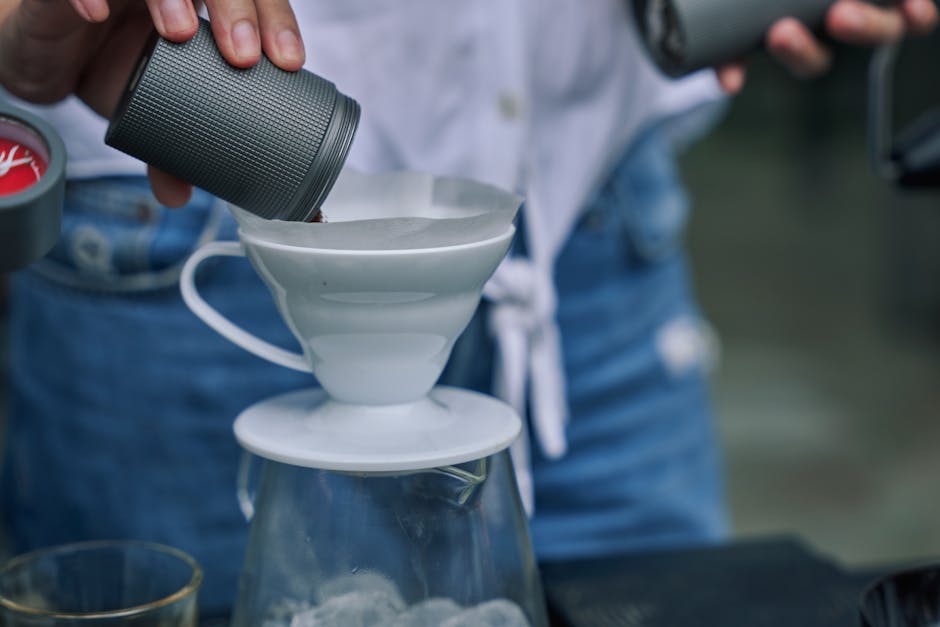
This process was repeated again with 15 milliliters of dcm and then with 10. All of the organic solvent extracts are then poured back into a clean separatory funnel. You might notice that it looks a little bit cloudy. To fix this be pouring some saturated salt solution. The salt solution is used to pull water from the organic solvent. I don't show the capping and shaking but you'll notice that the bottom dichloromethane layer is now much clearer than it was before.
Even though it looks pretty clear, there will still be a little bit of water in it. So to fix this we usually add some drying agent and in my case I'm just using some molecular sieves. After drying for 20 minutes it's then decanted to a clean beaker. The sieves are left behind but they're first washed with a little bit of dichloromethane. The organic solvent Is then brought to a boil to remove it. Dichloromethane has quite a low boiling point so it's very easy to remove. At this point it's important not to overheat the beaker because the product can be burned. We're then left with a, nice little clump of crude caffeine. The small amount of caffeine was then recrystallized using a little bit of 95% ethanol. The recrystallization test tube was placed in a freezer and then the contents were vacuum filtered. The caffeine crystals were allowed to dry under vacuum for a few minutes. In the end the yield was 30 milligrams of nice white caffeine.
I'm not actually sure why but this yield is extremely low. It's honestly probably because my recrystallization didn't go too well because as you can see before there was quite a bit of crude actually. But regardless of the actual reason to make myself feel better about this terribly low yield, I'm just going to go ahead and blame Folgers. Honestly though I think this method of extracting caffeine is kind of just bad, because every time I've done it the yield is pretty low. Other methods do exist but to do them at home might be pretty hard. I think in the future I'll just go with the super direct route and extract from caffeine pills.
Anyway for now this Is the best that I have and I'll see you in my next video. So remember to subscribe if you want to be up to date with my latest video and also if you want to donate anything I provided a Patreon link down below. Chemistry Is expensive and any help is greatly appreciated. By the time this video is posted my Patreon page might only be half done but It'll eventually get there..


